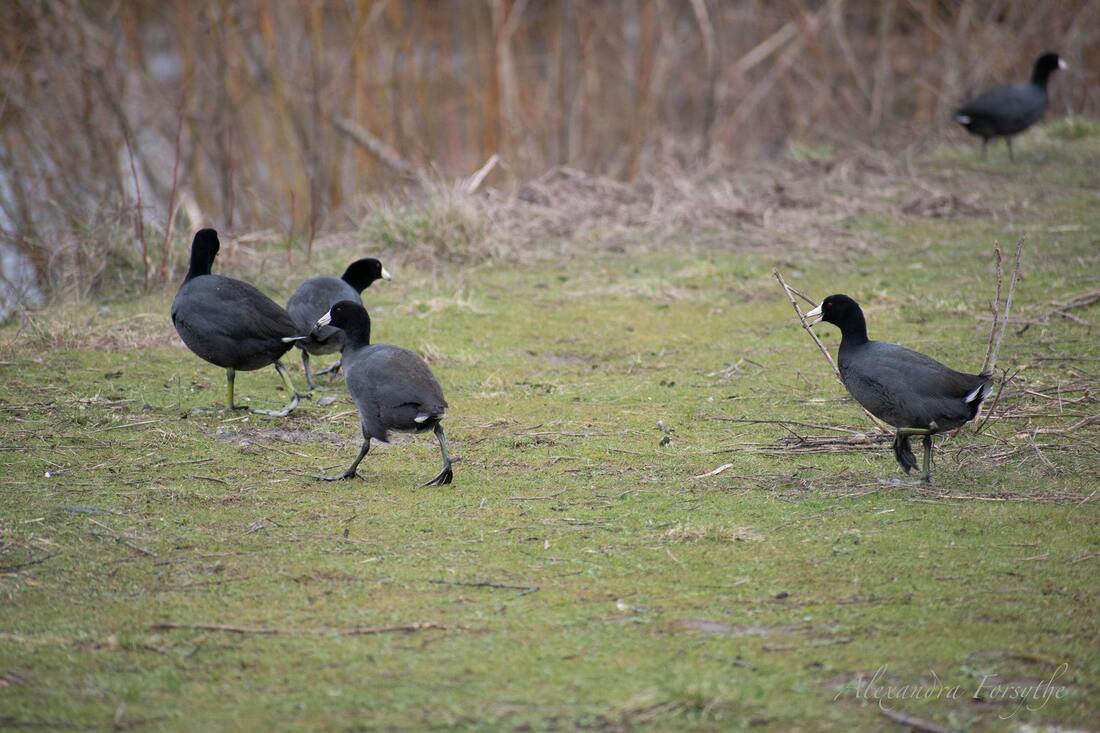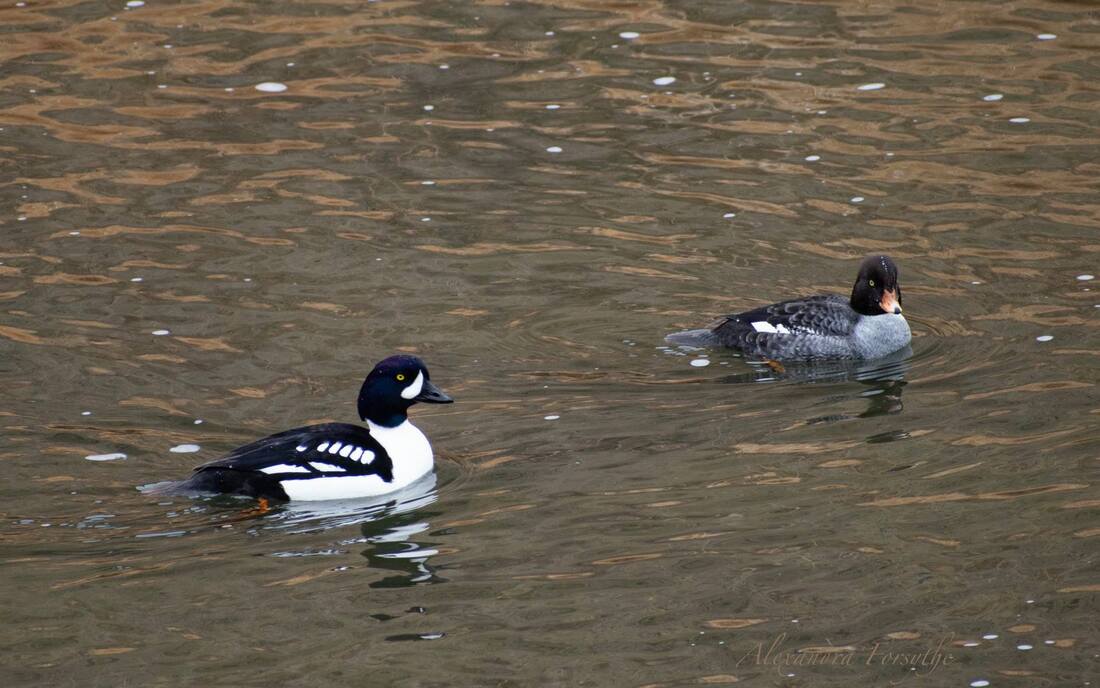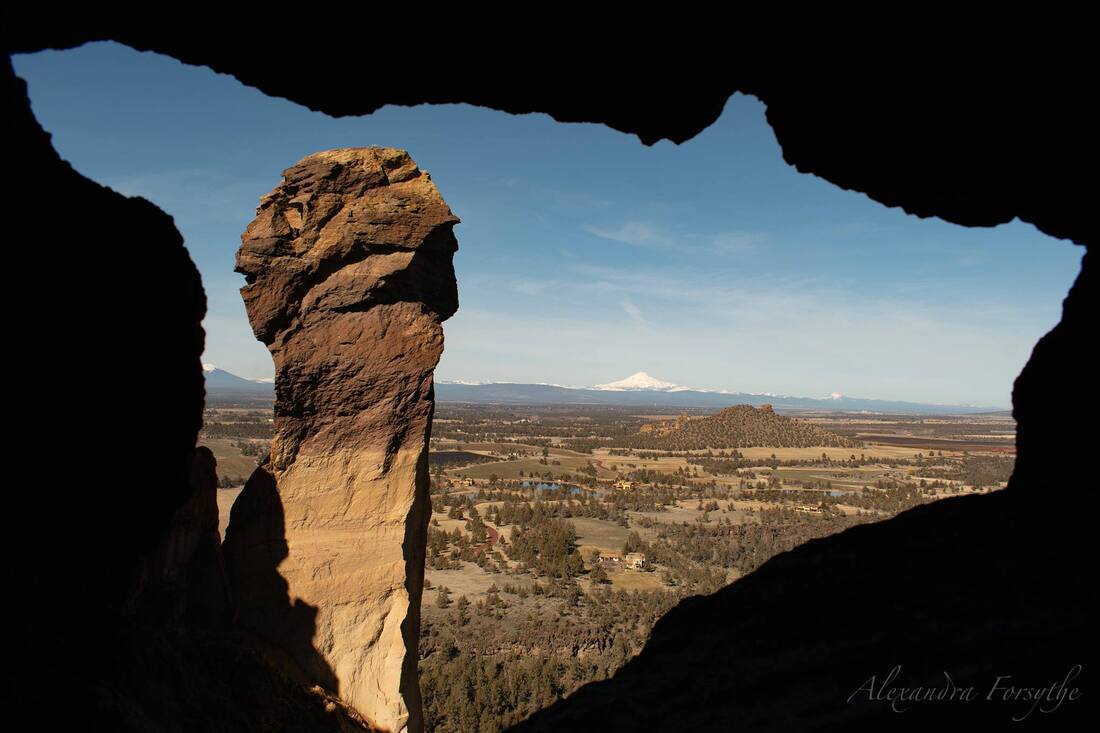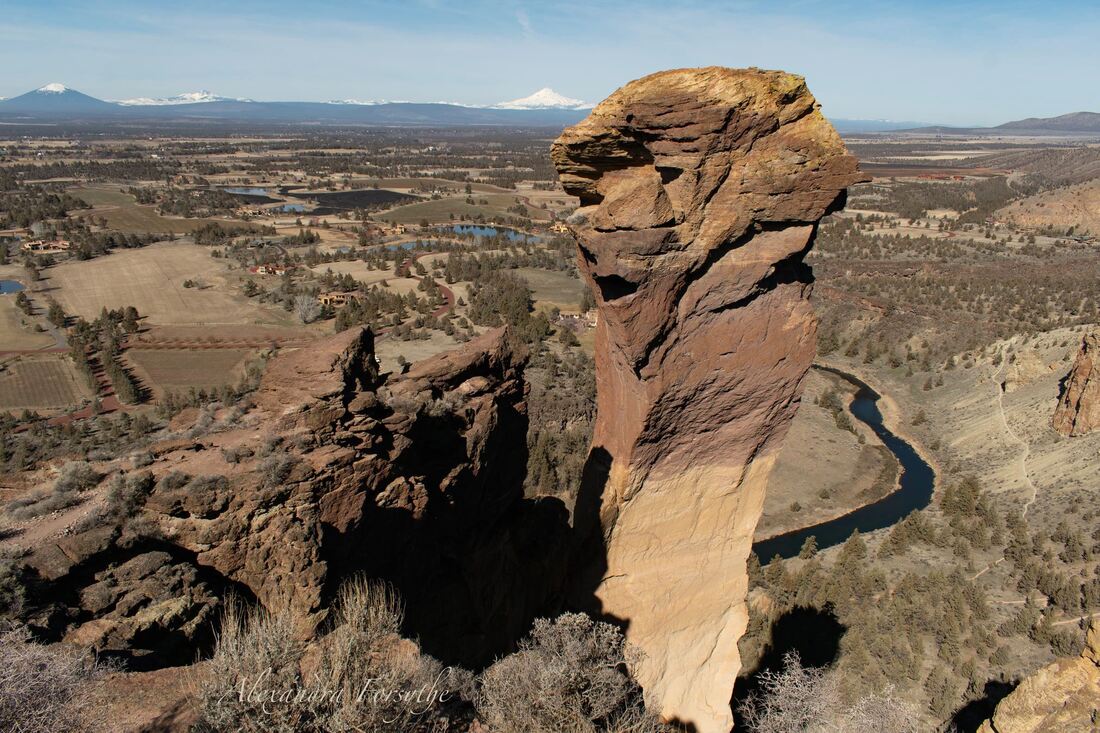Birdathons are a great way to help out and I highly recommend them! Typically, a birdathon is used as a fundraiser for a state or local Audubon, state park, or similar organization. As the participant, you pledge to go out on a certain day and spot as many species of birds as you can. Your friends and family agree to sponsor you, either by pledging a fixed amount, or by pledging an amount per species of bird (for example, a dollar per species). You don't have to be an expert birder, and there is no contest; everyone is there working as a team to help the organization raise money for its educational programs and nature preserves. You'll meet some very nice people, learn a lot, and have a ton of fun in the process!
|
It's always exciting when I get to see a new species! I got a lot of exercise following this beauty, and it only landed for a brief moment. It's not an ideal photo, but I'm thrilled anyway because it's a "lifer" (a species I've never seen before). Plus, it's a gratulata which is Latin for joy or gratitude, and that's certainly what I felt when I spotted it.
Meet the Mesoleuca gratulata, commonly known as the "Western White-ribboned Carpet Moth" or the "Half-white Carpet Moth". This western moth is also known as #7308. No, that's not a Borg species designation. The #7308 is the Hodges or MONA (Moths of North America) number. There are over 12,000 species of moths in North America, and they are listed in a numbering system that was introduced by Ronald Hodges in 1983. The system attempts to group the moths according to family, but parts of the list are outdated so it is constantly undergoing revision as new species and facts are uncovered. And now to answer the questions I know you're all dying to ask: 1) Which moth is #1 on the Hodges list? The Epimartyria auricrinella (Goldcap Moss-eater Moth). With a name like that, it deserves the top spot. 2) What is the Borg designation for humans? Humans are species 5618 to the Borg. We're way down on the list, far below the Ferengi, Talaxians, Kazon, and Vulcans. To my fellow geeks and Star Trek nerds: you're welcome. 😎 Have a day filled with gratulata and try not to get assimilated. Cute Coots! Have you ever really studied American Coots? They're a comical little waterfowl and I love them!
Let's start with their behavior. They always seem to be delighted, gleefully darting around in the water as if they just learned to swim, and they couldn't be more excited about their newfound abilities. Next, take a look at their feet. They're huge! And green! And the toes are freakishly long. The feet are not webbed like a duck's foot, but each toe has big flaps of skin that help propel it through the water. Those flaps fold up when the Coot is on land so it can move more quickly on land than a duck can. They have a white bill that goes up to the forehead, turns dark reddish near the top of the head, but it's banded in charcoal at the tip. Those round, red eyes would look menacing if it weren't for the friendly nature of the bird. They can be found across much of the U.S. (depending on the season), often mixed in with other waterfowl. In the water, just look for a floating, black bowling ball with a bright, white bill. On land, look for a black chicken that's using enormous, green feet that it borrowed from a heron. Need a smile? Go find a Coot and watch its antics for a little while! The name of this bird sounds like the title of a James Bond film: Barrow's Goldeneye. They even look suave and sophisticated, sporting a dashing black and white tuxedo.
These handsome ducks are mostly seen in the Northwest, nesting in trees adjacent to freshwater lakes and ponds during breeding season, or during other seasons in sheltered saltwater or freshwater areas. They dine on small fish and aquatic invertebrates like crayfish, and on the larvae of dragonfly, mayfly, caddisfly, water boatmen and other insects. The origin for the "Goldeneye" part of the name is obvious. The "Barrow" portion is in honor of Sir John Barrow - geographer, writer, and Second Secretary to the Admiralty in the 1800's who mapped the interior of South Africa, promoted discovery missions to the Arctic and the search for a "North-West Passage", and wrote "The Mutiny on the Bounty". Barrow Point in Alaska is also named for him. For those of you familiar with the Common Goldeneye, the Barrow's looks similar to the Common, but the white patch around the bill is a crescent, not circular, and the forehead is more blunt. The wings are mostly black with thick white bars, rather than fine streaks, and the sides have more black than white. I found this pair at Smith Rock State Park in Oregon. Disappointingly, the ducks' British accent was lacking, and there's no sign of the signature Bond car. Can you guess why this 350-ft spire is called "Monkey Face"? If you look closely, you'll see two eyes, a nose, and a mouth.
This rock formation is a result of volcanic activity and erosion, and it is a rock climber's dream and nightmare. The pillar bulges out on all sides creating challenging overhangs. The first known ascent was in 1960 by Vivian Staender and her two climbing partners: Jim Fraser and Dave Bohn. The trio also came up with the name "Misery Ridge" - a name that is applied today to one of the most popular trails in the area. Smith Rock State Park sits on the corner of the Crooked River Caldera. About 30-million years ago, the largest volcanic eruption to have ever occurred entirely within Oregon's borders happened here. The rock over the lava chamber collapsed, creating a 230-square mile depression. The event created Smith Rock tuff, then nearby volcanoes covered the tuff with basalt lava. The path of the Crooked River was blocked by lava, so the river formed a new channel. Around the perimeter of the caldera, rhyolite bodies intruded along the ring fractures. Monkey Face and many of the other rock formations in Smith Rock have been carved by wind and erosion out of welded tuff and rhyolite. If you look closely at Monkey Face, you'll see that the head is more reddish than the rest of the spire. The head is welded tuff. The rest of the spire is non-welded tuff. Welded tuff is hardened ash which occurs when the materials spewing from the volcano are so hot that they weld together on impact or compaction. It's a very cool area to explore, and it's easy to see why this is one of Oregon's Seven Wonders! |
Archives
April 2021
|







